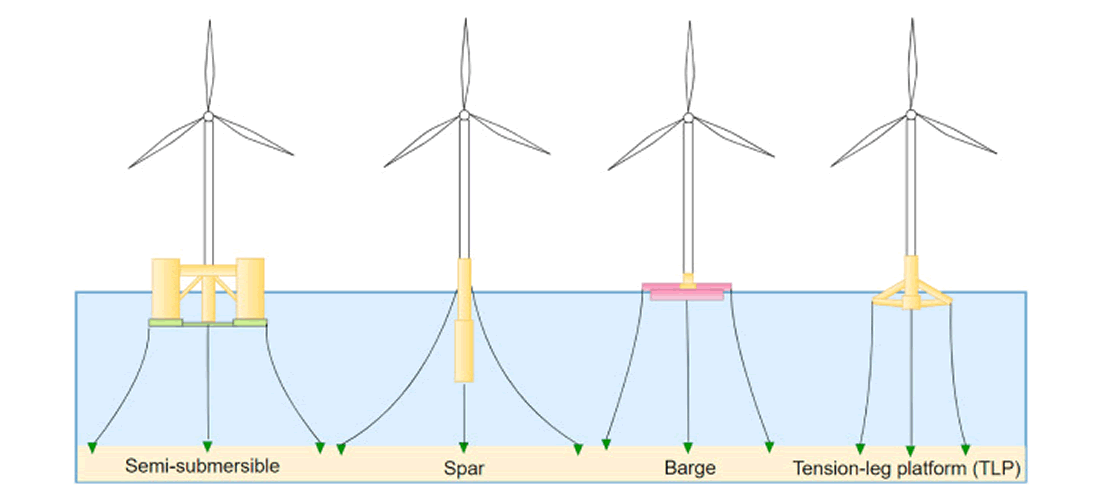Společnosti Scottish Development International a J-DeEP vyvíjejí u pobřeží Skotska plovoucí zařízení na výrobu vodíku na moři. Výzkum ukazuje, že kombinace rozsáhlých obnovitelných zdrojů energie na moři a plovoucí výroby vodíku by se v závislosti na konfiguraci projektu mohla brzy stát životaschopnou.
ClassNK, a Japanese ship classification society, has issued an approval in principle (AiP) for a floating offshore hydrogen plant that the Japan Offshore Design and Engineering Platform Technology and Engineering Research Association (J-DeEP) is developing off the coast of Scotland.
The hydrogen platform will be driven by surplus power generated by wind turbines. It will combine a seawater desalination system and a system to extract hydrogen from water through electrolysis. The project is being developed in partnership with the international arm of the Scottish government and Scottish Development International, which has helped J-DeEP to conduct the feasibility study.
“ClassNK conducted a safety evaluation on J-DeEP’s design of the plant in line with its rules and guidelines,” the organization said in a statement. “Upon confirming that the design complied with the relevant requirements, ClassNK has issued AiP.”
According to a recent study from the University College Cork in Ireland, the coupling of high-capacity floating offshore wind with green hydrogen production could be an important opportunity to further decarbonize the energy sector. The scientists have presented three project typologies based on variables such as electrolyzer technologies, floating wind platforms, and energy transmission. The typologies include offshore systems based on centralized onshore electrolysis, decentralized offshore electrolysis, and centralized offshore electrolysis.
“The energy transmission vector was the key feature of the three typologies discussed with emphasis on the major components of the systems, to limit the complexity of the paper while highlighting more detailed topics for future analysis,” the scientists said.
Continue reading at www.pv-magazine.com
 Cs
Cs